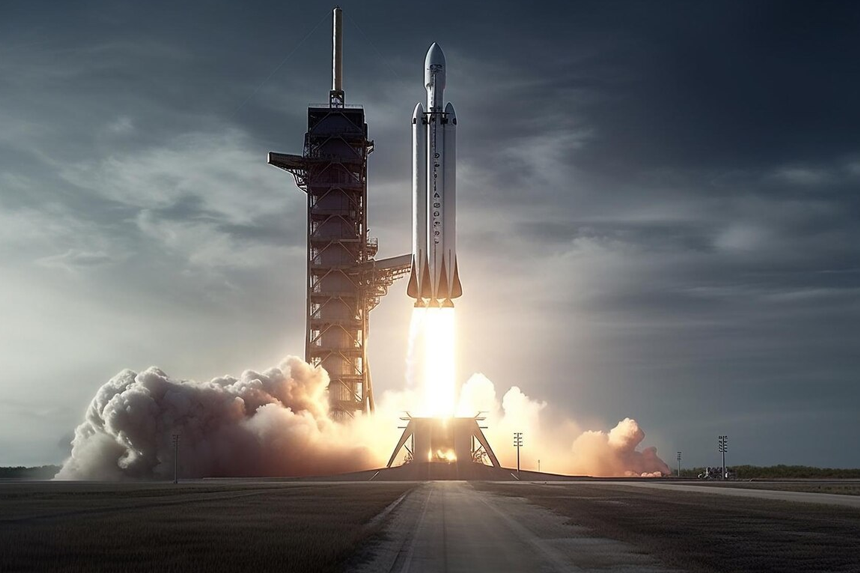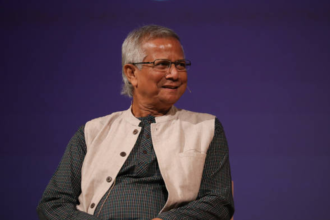The Indian Space Research Organisation (ISRO) has successfully conducted its first-ever Space Docking experiment. This monumental achievement propels India into an elite group of nations with advanced space docking technology. This breakthrough is a critical step in India’s long-term plans to establish a space station and send astronauts to the Moon.
- Why Is the SpaDeX Mission Important? What Is It?
- What Difficulties Did ISRO Have When Docking in Space?
- How Did They Test Inter-Satellite Communication?
- What Effects Will This Experiment Have in the Future?
- How Is ISRO Using Rocket Reuse to Promote Further Innovation?
- What Does This Signify for India’s Future in Space?
Why Is the SpaDeX Mission Important? What Is It?
The project, known as SpaDeX (Space Docking Experiment), was launched on December 30 from the Sriharikota spaceport in southern India. It was a significant step forward for India’s space aspirations. A single rocket carried two tiny spacecraft, SDX01 (Chaser) and SDX02 (Target), each weighing around 220 kg (485 lbs), which were subsequently split in orbit.
Prime Minister Narendra Modi attended the last phases at ISRO’s Bangalore headquarters and praised the accomplishment. He wrote on X, “It is a significant stepping stone for India’s ambitious space missions in the years to come.”
What Difficulties Did ISRO Have When Docking in Space?
The two spacecraft had to be carefully maneuvered to unite them in a highly intricate and precise process known as “space docking. “The docking procedure, initially planned for January 7, experienced several delays. ISRO stated that more testing and simulations are required to guarantee a faultless operation.
An ISRO spokesperson said, “There was a glitch while trying to bring the satellites closer, but the spacecraft was always safe.”
Scientists lowered the distance between the Chaser and Target to 15 meters by Sunday and subsequently to 3 meters. The two spacecraft were fitted and locked together on Thursday morning, forming an airtight link to transfer crew or materials.
During the mission’s launch, ISRO chief S. Somanath highlighted the difficulty of space docking, describing it as “a very complex process that required extreme precision and coordination.”
How Did They Test Inter-Satellite Communication?
For the Chaser to approach the Target, the spacecraft needed to be in the same orbit, which required careful coordination and velocity modifications.
Additionally, the mission showcased India’s inter-satellite communication capabilities. To precisely ascertain their positions and velocities during docking and undocking, the spacecraft exchanged information with each other and with Earth stations.
What Effects Will This Experiment Have in the Future?
ISRO intends to conduct a critical test over two to three days: moving electrical power from the Chaser to the Target. This test is meant to show that sending one spacecraft to service another in space is possible.
The two satellites will also be undocked and separated as part of the experiment. Over the next two years, the spaceship will be outfitted with scientific instruments to monitor Earth’s natural resources and analyze space radiation.
How Is ISRO Using Rocket Reuse to Promote Further Innovation?
Part of the rocket that launched SpaDeX into orbit is being used for experiments, evidence of ISRO’s economic strategy. The Poem (PS4-Orbital Experiment Module) carries 24 payloads, which include two ground-breaking experiments.
The first experiment, a significant advancement for long-duration space trips, showed that seeds could germinate in microgravity. In a video, ISRO declared, “Cowpea sprouts have unveiled their first leaves in space.” Scientists praised this achievement as a step toward producing food for astronauts in a sustainable manner.
A robotic arm intended to collect space debris is used in the second experiment. ISRO recorded the arm in action, snatching up some debris.
An official noted that this robotic arm will be essential to building a space station because it can grasp and position modules. The arm may play a key role in India’s next Moon mission, Chandrayaan-4, gathering and returning lunar soil samples.
What Does This Signify for India’s Future in Space?
With this historic mission, India became the third country to exhibit Space Docking capability, after the United States, Russia, and China. Jitendra Singh, the Federal Science Minister, said, “The docking has finally happened, and it opens up endless possibilities for our space program,” expressing his relief and pleasure.
This accomplishment represents a significant advancement in India’s space journey as ISRO keeps innovating and pushing the envelope, opening the door for future lunar exploration, advanced space stations, and human spaceflight.








